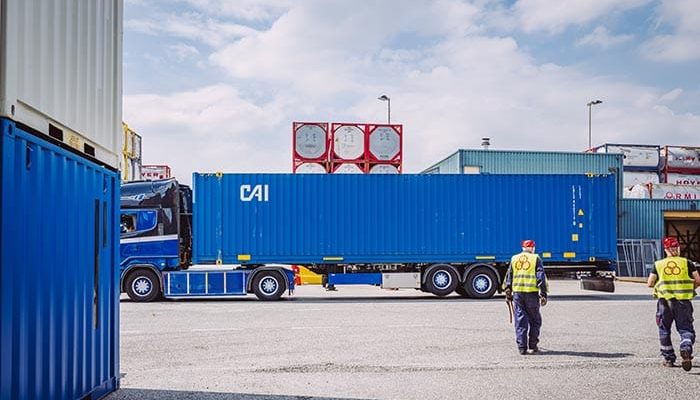
Container transport plays a crucial role in global trade, enabling the efficient movement of goods across vast distances. However, understanding the true cost of container transport can be a complex task. In this article, we will delve into the various factors that influence container transport costs, providing you with valuable insights and a comprehensive understanding of the expenses involved.
- Distance and Route Optimization:
The distance between the origin and destination is a significant determinant of container transport costs. Longer distances generally result in higher expenses due to increased fuel consumption and operational requirements. Additionally, the chosen route can impact costs, as some routes may involve tolls, customs fees, or additional handling charges. - Container Size and Type:
Container sizes and types vary, and each has its own cost implications. Standard containers, such as 20-foot and 40-foot containers, are commonly used and relatively cost-effective. However, specialized containers, such as refrigerated or hazardous material containers, come with additional expenses due to their specific requirements and handling procedures. - Freight Rates and Market Conditions:
Freight rates are influenced by market conditions, including supply and demand dynamics, fuel prices, and geopolitical factors. Shipping companies adjust their rates accordingly, making it essential to stay updated on market trends and negotiate favorable terms. Additionally, factors like peak seasons, port congestion, and weather conditions can impact freight rates and overall transport costs. - Mode of Transport:
Container transport can involve various modes, including sea, air, rail, and road. Each mode has its own cost structure and considerations. Sea transport is generally the most cost-effective for long distances, while air transport offers speed but at a higher price. Rail and road transport may be more suitable for shorter distances or specific regions, but costs can vary depending on infrastructure, fuel prices, and other factors. - Additional Services and Fees:
Beyond the basic transport costs, additional services and fees can significantly impact the overall expenses. These may include customs clearance, insurance, container handling at ports, warehousing, and last-mile delivery. It is crucial to consider these ancillary services and associated costs when calculating the total expenditure of container transport.
Conclusion:
Understanding the true cost of container transport requires a comprehensive analysis of various factors. By considering distance, container size, freight rates, mode of transport, and additional services, you can gain a clearer picture of the expenses involved. Staying informed about market conditions and optimizing routes can help minimize costs and improve efficiency. Remember, accurate cost estimation is essential for effective supply chain management and successful international trade operations.

